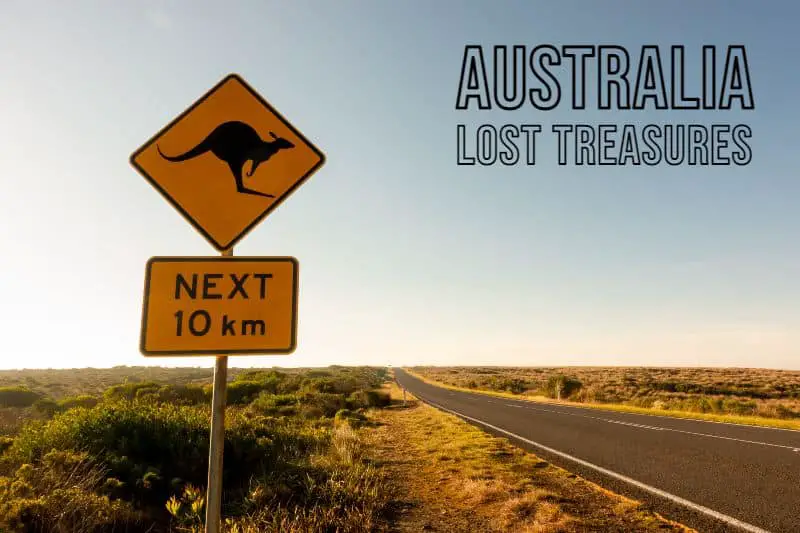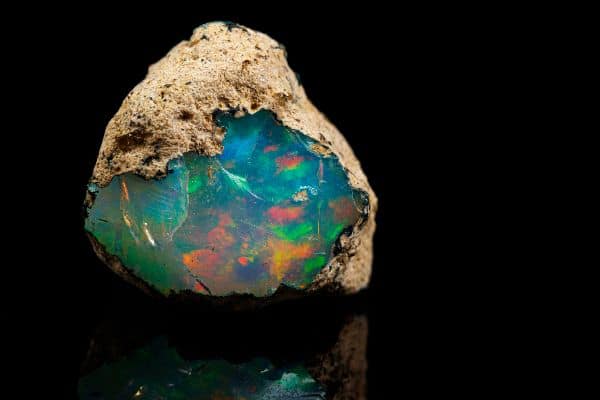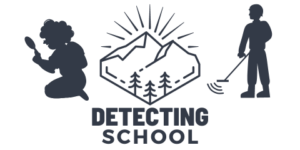
Australia is a large country known for his large gold deposits and opportunities to find treasures. Indeed, there are hundreds of lost treasure tales in there …
And with such a huge coastline, it makes sense that many of these stories are about sunken shipwrecks and underwater treasures.
Quick Recommendation for treasure hunters: There are so many ways and tools that can help you find treasures. The tool that I actually recommend is using a Metal Detector. Indeed, while there so many expensive models out there costing 1000s of dollars, I still recommend using a mid-level machine that should not cost you that much. In fact, if you don’t have a big budget, I recommend using this quality metal detector that should be affordable for most average hobbyists out there. It has more than enough features you will need to find most treasures buried in the ground.
Without further ado, here are some of the most famous lost treasures of Australia.
1. Coober Pedy in South Australia

Australia provides almost 100% of the global opal supply, there are a lot of valuable opals to be found. At the heart of this lost treasure is Coober Pedy, famous for its underground network of tunnels and being home to valuable opals.
Coober Pedy is located halfway between Adelaide and Alice Springs, and more than half of all opals are mined in and around this South Australian town.
While it’s professionally mined, you can freely sift through opal hunters dumping areas for small pieces of opal!
Considering that only an estimated ten percent of the area has been mined, there are still plenty of gems to be found.
2. Emily Shipwreck in Western Australia

In 1868, the Emily set sail on a return voyage from Dongara to Fremantle with a cargo of locally mined copper ore and flour, but the ship was driven ashore at night during a storm.
The wreckage was found washed up on Rottnest Island, but it was another two months before the location of the Emily was discovered on the beach at a site now known as Wreck Point, located close to the Moore River, south of Two Rocks.
For many years, the wreck, with some of its cargo of copper ore still in the hull, lay partly covered in sand, but now the wreck has completely disappeared, and its location is long lost and forgotten.
Someday a severe storm might uncover the wreck and the remnants of its valuable copper cargo, or you might get lucky if you have an underwater metal detector with you.
3. GinGin Treasure in Western Australia
Children of the Baramba Assisted School, have found several old coins about 40 miles from Gingin. The find was made on an unfrequented part of the coast, which has no approach road.
Rubbings of the coins and sketches of the hinges have been sent to the Western Australian Historical Society.
On the best of these rubbings, the word Hispania can be seen.
The Curator of the Art Gallery examined the rubbings and said that they were undoubtedly Spanish coins of various values of the reign of Philip IV., who reigned from 1621 to 1665.
The coins probably came from one of the many Dutch vessels wrecked along the West Australian coast during the 17th century. Similar Dutch and Spanish coins have been found at various times along the coast, some at Cottesloe.
4. Human Skeleton and a Treasure of Coins in West Australia
A boy found a crumbling human skeleton and several ancient coins near the mouth of the Moore River.
These coins are believed to have a relation to the early history of Dutch navigators on the coast of this State.
One of these coins was a Spanish dollar, another a Spanish half-dollar, and two or three of the others were pieces of silver that were used for coinage, and loosely called tekols, throughout the East Indies.
Another one was a flat piece of ingot silver; one side was quite smooth, and on the other were what seem to be Chinese characters. This discovery has made treasure hunters excited that there might a bigger cache of coins hidden there.
5. Wreck of the Batavia on the Abrolhos Islands in Western Australia.
In 1629, ‘Batavia,’ a Dutch East Indies vessel (VOC), was on a voyage from Texel to Batavia with a cargo that consisted of silver coins, wrecked on a reef of the Houtman Abrolhos Islands.
This treasure is still believed to be buried somewhere on the island itself.
6. The Wreck of the Gilt Dragon
In 1656, the Gilt Dragon was a Dutch East India Company (VOC) ship that set sail with its valuable trade goods and eight chests of silver coins worth 78,600 guilders from the Cape of Good Hope with the intention of making use of the trade winds for a journey of 5000 miles across the vast Indian Ocean before turning north toward the East Indies.
However, a navigational error saw the vessel wrecked on the coast of Western Australia near Ledge Point.
Final Thoughts
Hopefully those lost treasures in Australia got you somewhat excited to start your own journey to hunt for treasures yourself, whether in Australia or any other country.
By the way, if you are aware of any other lost treasure in Australia or you’ve got any story you want to share, let me know so I can feature it in this article.
